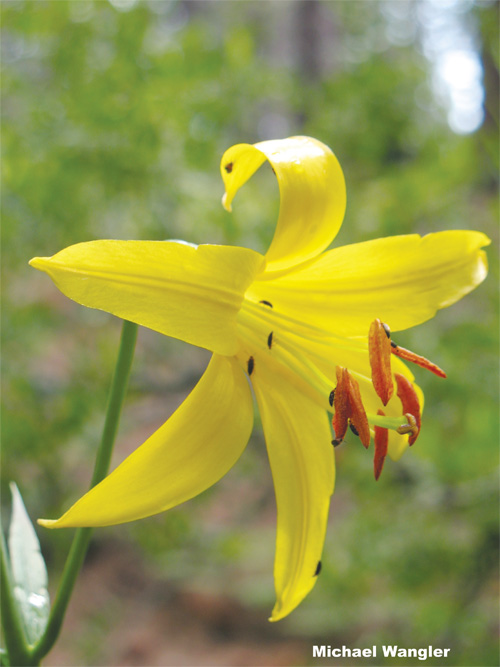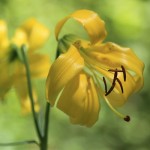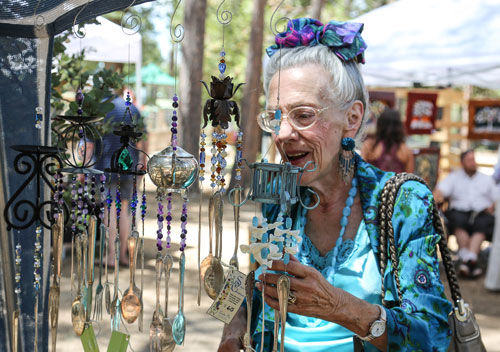In the early part of the 20th century, a resplendent resident of the San Jacinto Mountains, the lemon lily (Lilium parryi) gently welcomed tourists from Los Angeles who had just begun to discover the sweetness of the San Jacintos.
Named after Dr. Charles Christopher Parry, a renowned British-American botanist who was among the first to catalogue it in the summer of 1876, the lily was majestic, growing to over 5 feet tall with up to 30 flowers on a stalk emitting a heady lemon-vanilla scent. There were thought to be over 30,000 lemon lilies gracing the upper ranges of the San Jacintos at the time visitors discovered Strawberry Valley, soon to become Idyllwild.
So taken were visitors by the beauty and fragrance of this striking flower that they began taking bulbs and plants as souvenirs of their mountain idyll. They likely thought nothing of conservation. It was a time when the United States was a manufacturing behemoth, on the verge of becoming a world power, and a time when it seemed there would always be more of everything.
The lemon lily lived along perennial streams and in wet meadows, canyon bottoms, seeps and springs at elevations from 4,000 to 9,000 feet. But in a relatively short time, the once plentiful lily fell prey to determined poachers attracted by its beauty, scent and commercial possibilities. Population levels declined to near extinction.

In 2009, Idyllwild local and amateur botanist Dave Stith conducted a census of lemon lilies along Willow and Tahquitz Creeks in Tahquitz Valley. Stith discovered, in 15 days of surveying from July 28 through October 1, that lemon lily populations were springing back from dangerously decimated levels. Stith and fellow botanist Dr. Tom Chester recorded 2,662 individual stalks, a number which almost doubled the known number of lemon lilies in native habitats. “The survey totally changed our thoughts about the healthiness of the lemon lily population on San Jacinto Mountain,” said Stith. The lily, hiding in unfrequented areas, had slowly and shyly crept back.
From that census and those encouraging numbers, Stith and U.S. Forest Service botanist Kate Kramer conceived the idea of a festival to celebrate the lemon lily. The festival would educate adults and children about the plant’s near brush with extinction and motivate a new generation, more attuned to the meaning of conservation, to restore the lily to vital health through a mountain-wide propagation effort.
Stith conceived a “Sponsor a Lily” program through which residents and visitors could purchase lemon lily bulbs volunteers would later plant in optimal pre-selected locations. For those wishing to contribute to further propagation of the lemon lily, sponsorships starting at $25 are available. Get sponsorship information at the Village Centre gazebo, the Idyllwild Nature Center or online at www.lemonlily festival.com.
For this shy and lovely flower to return to pre-poaching levels, it will require a strong propagation plan and determined efforts by lily friends and advocates.
As you take in this festival, remember that its mission is to help restore the lemon lily to its previous peak population. “This festival is not about making money,” said lily advocate Stith. “It’s about planting lilies.”
While you are here, get to know a lemon lily, up close and personally. Bend down and gently drink in its sweet lemon-vanilla scent. Imagine gentle winds carrying the scent of over 30,000 of them throughout Idyllwild’s mountain meadows, canyons and streams.













